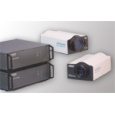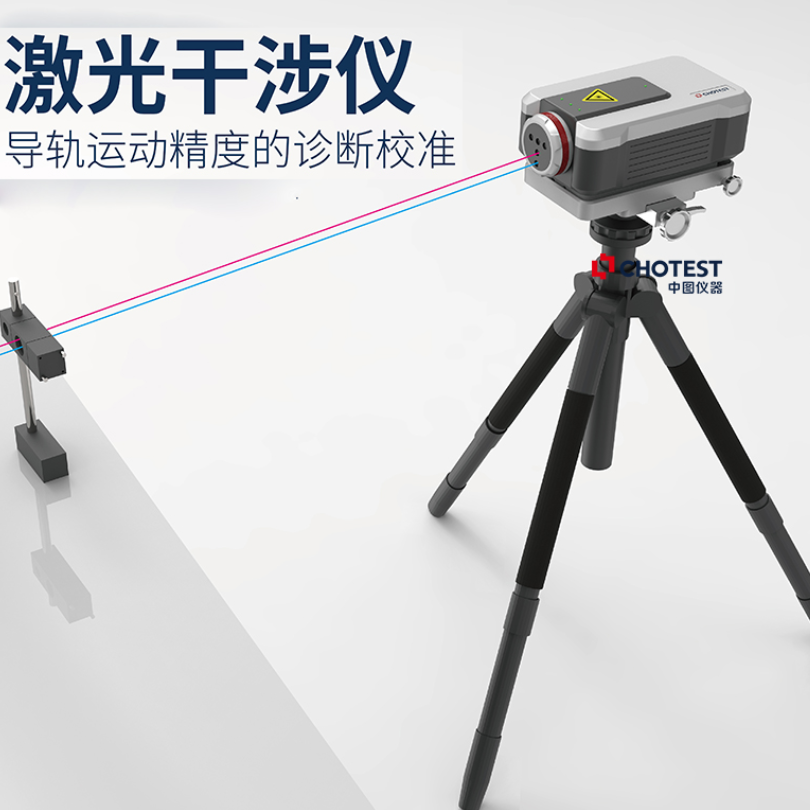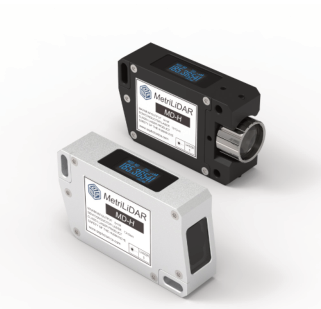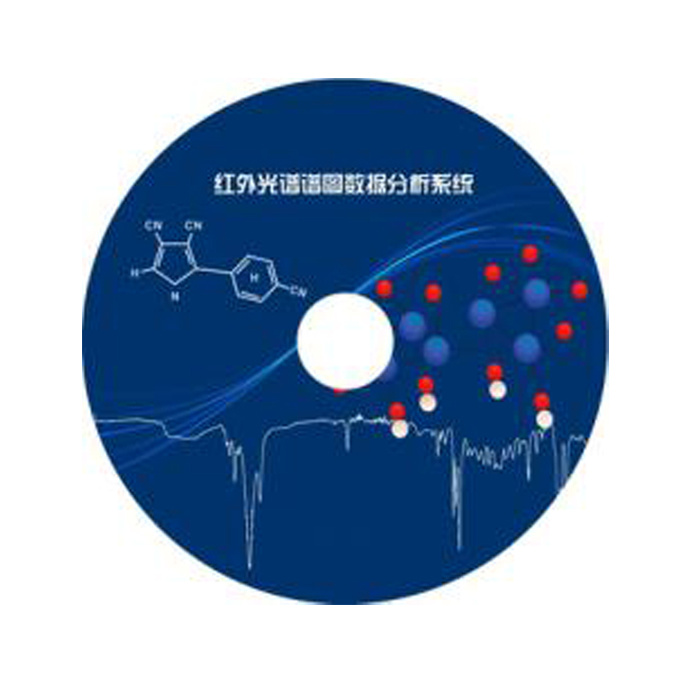方案详情
文
使用LaVison公司的DaVis图像采集处理平台,CCD相机,构成的粒子图像测速系统,以及美国Artium公司的两维LDV多普勒粒子测速仪,对单环形燃烧室的空气动力学,动力学和排放过程进行了实验研究。
方案详情

The present work investigates the aerodynamics, dynamics and emissions of a Single CupCombustor Sector. The Combustor resembles a real Gas Turbine Combustor with primary,secondary and dilution zones (also known as fuel rich dome combustor). The research is initiated by studying the effect of the combustor front end geometry on theflow field. Two different exit configurations (one causes a sudden expansion to the swirlingflow while the other causes a gradual expansion), installed in a dump combustor, are testedusing LDV. The results reveal that the expanding surface reduces the turbulence activities,eliminates the corner recirculation zone and increases the length of the CRZ appreciably. Anasymmetry in the flow field is observed due to the asymmetry of the expanding surface. Tostudy the effect of chamber geometry on the flow field, the dome configuration is tested inthe combustor sector with the primary dilution jets blocked. The size of the CRZ is reducedsignificantly (40 % reduction in the height). With active primary jets, the CRZ is reconstructed in 3D by conducting several PIV measurements off-center. The confinement appears to significantly influence the shape of the CRZ such that the area ratio is similar for both the confinement and the CRZ (approximately 85%). The primary jets considerably contribute to the heat release process at high power conditions. Also, the primary jets drastically impact the flow field structure. Therefore, theparameters influencing the primary jets are studied using PIV (pressure drop, jets size, offcentering, interaction with convective cooling air, jet blockage and fuel injection). This studyis referred to as a jet sensitivity study. The results indicate that the primary jets can be usedeffectively in controlling the flow field structure. A pressure drop of 4.3% and 7.6% result insimilar flows with no noticeable effect on the size of the CRZ and the four jets wake regions.On the other hand, the results show that the primary jets are very sensitive to perturbations.The cooling air interacts with the primary jet and influences the flow field although the momentum ratio has an order of magnitude of 100:1. The results also show that the bigprimary jets dictate the flow field in the primary zone as well as the secondary zone. However, relatively smaller jets mainly impact the primary zone. Also, the results point to the presence of a critical jet diameter beyond which the dilution jets have minimum impact on the secondary region. The jet off-centering shows significant effect on the flow field though it is on the order of 1.0 mm. The jet sensitivity study provides the combustion engineers with useful methods to control the flow field structure, an explanation for observed flow structure under different conditions and predictable flow field behavior with engine aging. All results obtained from the jet sensitivity study could be explained in terms of jet opposition. Hence, similar results are expected under reacting conditions even though the results presented here are obtained under isothermal conditions. The fuel injection is also shown to influence the flow field. High fuel flow rate is shownto have very strong impact on the flow field and thus results in a strong distortion of both theprimary and secondary zones. The jets wake regions are shown to change in size with fuelinjection. The left jet wake region continuously reduces in size with fuel injection while theright jet wake region does not. This offers a possible explanation for the observed combustion instabilities in the left primary jet region. The combustion instabilities are studied using a microphone, high speed camera andregular cameras. The frequency spectrum for the sector is established at different pressuredrops (2, 4 and 6%) as well as different pre-heat temperatures (200, 400 and 600F). Theacoustic spectrum suggests that there are three frequencies of concern (280, 400 and 600HZ). The high frequency appears to be related to the combustor ¼ longitudinal wave. The280 Hz is due to a rotating instability while the 400 Hz is related to the primary jets. The emissions emanating from the combustor are studied using FTIR at pressure drop of4% and different power conditions. The sector emissions characteristics are determined.Water injection is also used to control the pollutant emissions.
确定
北京欧兰科技发展有限公司为您提供《单环形燃烧室中速度场检测方案(粒子图像测速)》,该方案主要用于其他中速度场检测,参考标准--,《单环形燃烧室中速度场检测方案(粒子图像测速)》用到的仪器有德国LaVision PIV/PLIF粒子成像测速场仪、激光相位多普勒干涉仪LDV,PDI,PDPA,PDA、LaVision DaVis 智能成像软件平台
推荐专场
相关方案
更多
该厂商其他方案
更多























